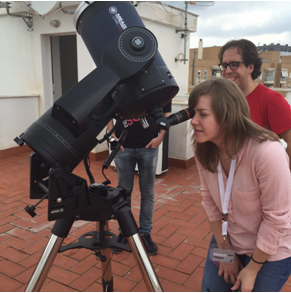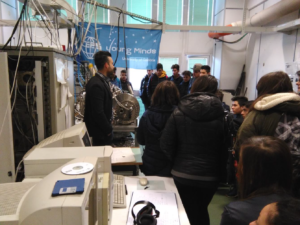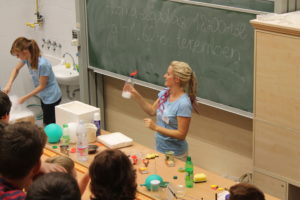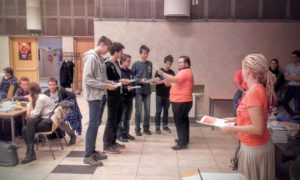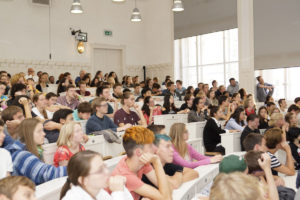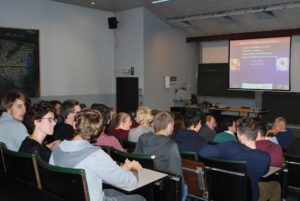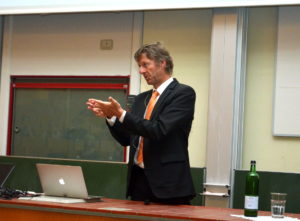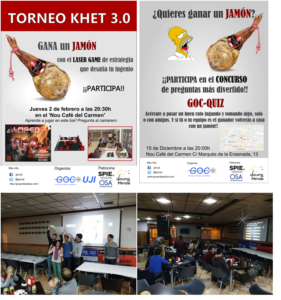 Khet tournament:
Khet tournament:
This tournament has not been celebrated yet, however, a Khet tournament in “Nou Café del Carmen”, a popular bar of Castellón, will be celebrated next February. Khet is a chess-like abstract strategy board game using lasers. Players get use to laser reflection and laser split in two beam by means of beam splitters. We will give a Spanish ham for the winner and maybe we will add another prize for the finalist. It is also important to notice that this year we have added the “Nou Café del Carmen” as a place to organize our activities and give diffusion to them.
GOC QUIZ:
15th of December we made a quiz competition in a famous bar of Castellón called “Nou Café del Carmen” with questions related with physics and optics, among many other issues. A set of funny and curious questions were prepared for this event. There were different types of queries, true or false, questions to join between multiple options and many more. Most of the science activities are only focus to students or people normally involved in science. However, with this activity, we want to reach to all age ranges and social status. Moreover we explain the activities in science that occurs in the city and how can they be involved in these activities. The activity reached up to 25 people, and the people from the bar offered us to add a dinner at their place as a prize in the next edition of the GOC-QUIZ. They ask us to organize the quiz more times instead of just once per year, in that sense we do believe that it is important to continue working and improving this kind of activity where not only students but everyone get involved in science in a funny way. And, of course, at the end of the night the winners received the prize they deserved, a Spanish ham bought thanks to the grant received, and that also helps to make people come and be interested in our activities.

